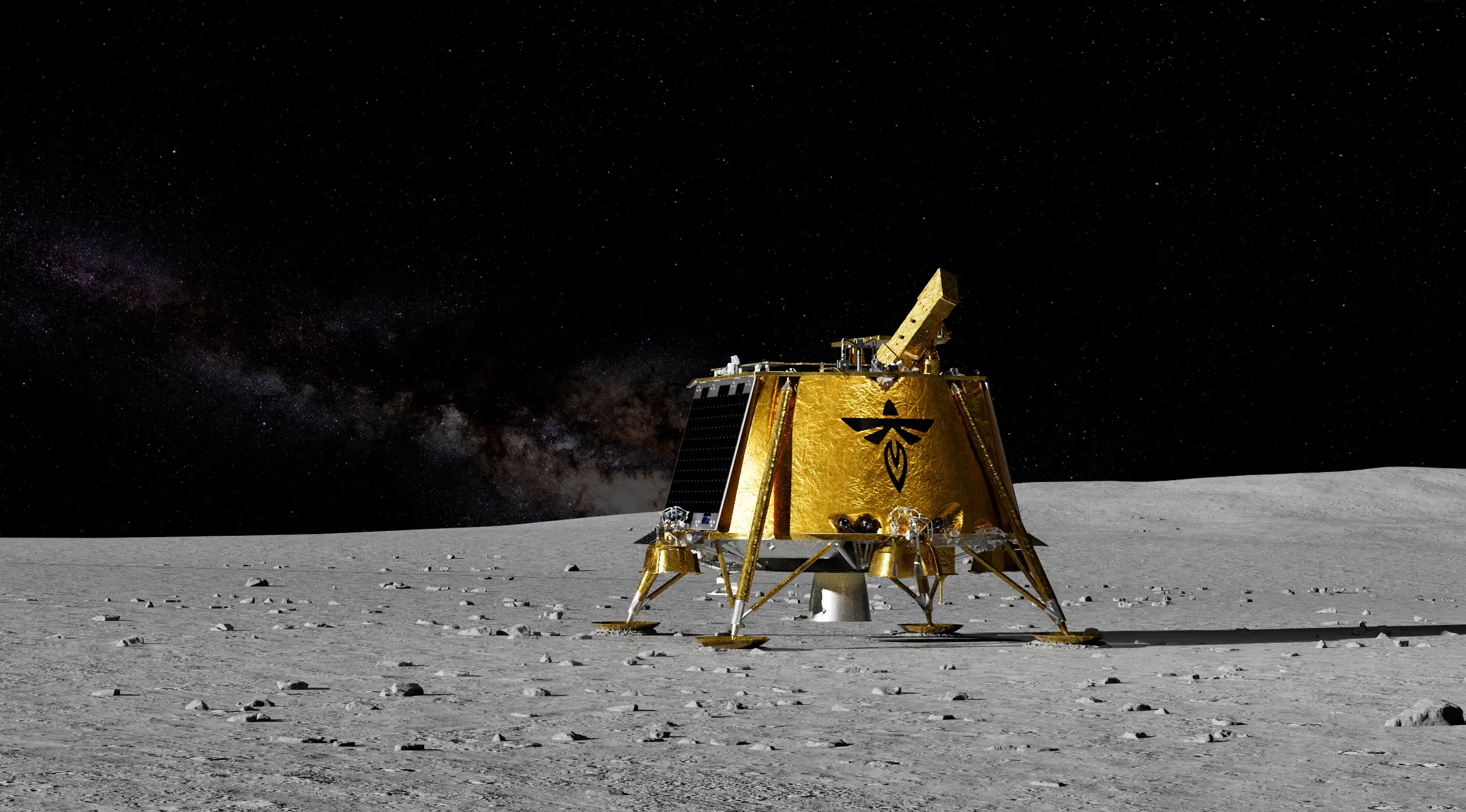In mid-January 2025, SpaceX is set to launch Firefly Aerospace’s Blue Ghost lunar lander, carrying 10 NASA payloads aimed at advancing lunar science and technology. This mission, part of NASA’s Commercial Lunar Payload Services (CLPS) program, represents a significant step toward sustainable lunar exploration under the Artemis initiative.
Key Points at a Glance:
- Launch Schedule: The Blue Ghost lander is scheduled for launch in mid-January 2025, with a six-day window starting no earlier than January 15.
- NASA Payloads: The mission will deliver 10 NASA experiments to the lunar surface, focusing on lunar geology, space weather, and technology demonstrations.
- Mission Objectives: Key goals include studying lunar dust, testing radiation-resistant hardware, and evaluating a lunar GPS-like navigation system.
- Landing Site: Blue Ghost aims to touch down near Mons Latreille on the moon’s far side, a region with minimal magnetic anomalies.
- Mission Duration: The lander is expected to operate on the lunar surface for approximately 60 days, conducting scientific experiments and technology tests.
Firefly Aerospace’s Blue Ghost lunar lander has completed testing and arrived at NASA’s Kennedy Space Center in Florida for integration with a SpaceX Falcon 9 rocket. The mission, named “Ghost Riders in the Sky,” is part of NASA’s CLPS program, which partners with private companies to deliver scientific instruments and technology demonstrations to the lunar surface.
The 10 NASA payloads aboard Blue Ghost are designed to enhance our understanding of the lunar environment and test new technologies for future missions. Experiments will investigate the composition and properties of lunar regolith, study interactions between solar wind and Earth’s magnetic field, and assess the performance of radiation-resistant computer hardware. Additionally, the mission will test an electrostatic system intended to repel lunar dust from equipment surfaces, a critical technology for maintaining the functionality of instruments in the abrasive lunar environment.
One of the innovative experiments includes a GPS-like navigation system tailored for lunar operations, which could provide precise positioning data for future missions. The lander is targeting a landing site near Mons Latreille on the moon’s far side, chosen for its relatively low magnetic anomalies, which can interfere with scientific measurements and navigation systems.
The mission is expected to last approximately 60 days, during which the lander will conduct its suite of experiments. This endeavor marks a significant milestone in NASA’s Artemis program, aiming to establish a sustainable human presence on the moon by leveraging commercial partnerships to deliver critical scientific and technological payloads.
